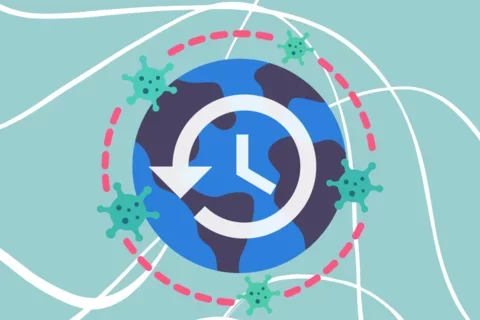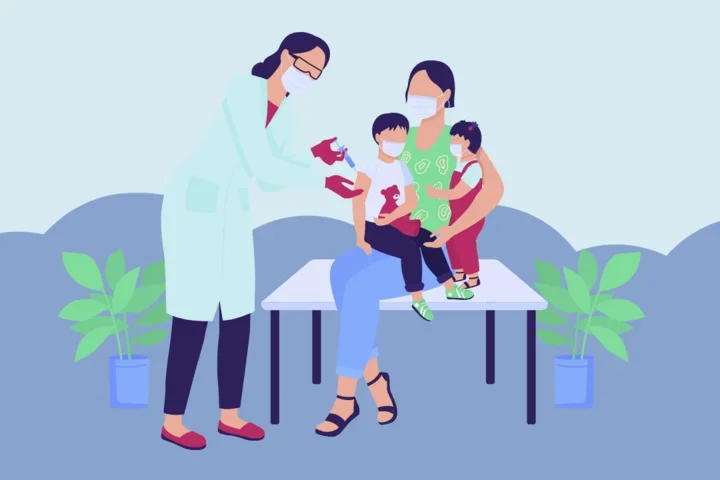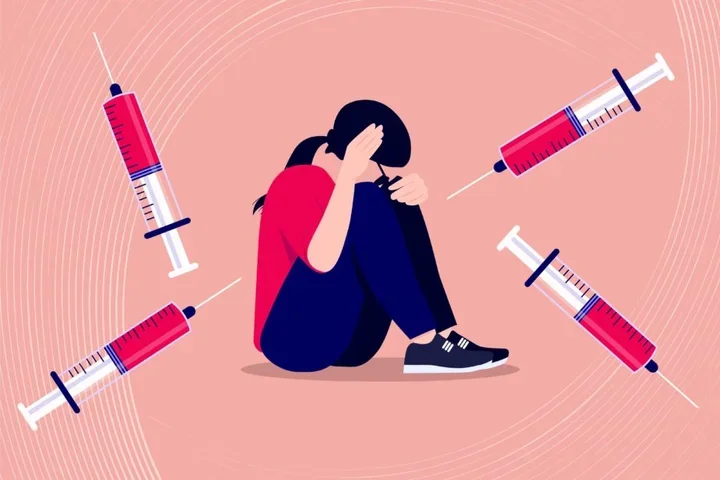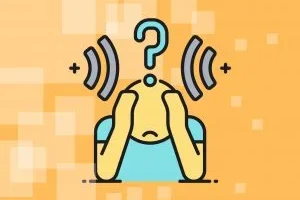Blog Post #5: How the vaccine was made in such a quick turn around

How the vaccine was made in such a quick turn around
By Yailanis Cruz
“How was the COVID-19 vaccine developed so quickly?” This is one of the main questions people have continued to ask since the public release of the first COVID-19 vaccine. Given that it has historically taken anywhere from five to ten years (or even longer) to develop a vaccination, it was expected that many would be wary of the COVID-19 vaccines that were seemingly made in such a quick turn around. However, coronaviruses are not a new phenomenon, and neither are mRNA vaccines. In fact, scientists have been researching and working with mRNA vaccines for decades.
Here are some factors that made it possible to create the vaccines in such a quick turn around:
- The knowledge of other coronaviruses has culminated over the last several decades: COVID-19 is caused by SARS-CoV-2, which is one type of coronavirus. Since the identification of the first coronavirus in the 1960s, much research has been conducted which has allowed for a better understanding behind the causes, risk factors, and diseases that have arisen from this group of viruses.
- Extensive history of vaccine research and development: The very first vaccine which was developed to combat smallpox was over two centuries ago. Since then, many more vaccines have been developed as a result of the cumulative knowledge, technological advances, and vaccine production regulations implemented to help eradicate infectious diseases.
- Volunteers: Thousands of Americans have participated in COVID-19 vaccine trials which are meant to study and evaluate the effectiveness of treatments like vaccines on humans. Such clinical trials wouldn’t be possible without willing volunteers.
- Global cooperation: Many scientists, health professionals, and experts in vaccine development from all over the world have worked together to conduct multiple parts of the development and research process simultaneously. This has resulted in the development and testing of many vaccines worldwide, with Pfizer- BioNTech, Moderna, and Johnson & Johnson being currently authorized for emergency use in the U.S.
- Large-scale Manufacturing: While it normally takes around 2 years to manufacture vaccines at a mass scale, manufacturing companies have been working non-stop to speed up the process. Through carrying out clinical trials simultaneously with manufacturing, it has been possible to produce such vaccines in around 3-6 months.
- Funding: Typically there are many financial obstacles when it comes to manufacturing a vaccine prior to its approval. Operation Warp Speed helped decrease this financial risk through having the federal government and pharmaceutical companies work together in which billions of dollars were allotted to help combat the COVID-19 pandemic. Such funding has allowed for the acceleration of vaccine research and development, clinical trials, and mass vaccination programs.
The Center for Disease Control and Prevention (CDC) has stressed the efficacy of all COVID-19 vaccines authorized for use in the United States in protection against the virus. Thus, the cumulative research, knowledge, funding, and global manpower utilized in the development of the COVID-19 vaccines has proven to be beneficial in creating effective vaccines to help combat such a severe disease and the illnesses that develop from it.
References:
https://coronavirus.jhu.edu/vaccines/timeline
https://www.ncbi.nlm.nih.gov/pmc/articles/PMC7128629/
https://edition.cnn.com/2020/09/08/health/coronavirus-pandemic-training-scenario/index.html
https://journals.lww.com/pidj/fulltext/2005/11001/history_and_recent_advances_in_coronavirus.12.aspx
https://www.nytimes.com/interactive/2020/science/coronavirus-vaccine-tracker.html
https://www.cfr.org/backgrounder/guide-global-covid-19-vaccine-efforts
https://www.cdc.gov/coronavirus/2019-ncov/vaccines/effectiveness.html
https://www.historyofvaccines.org/content/articles/vaccine-development-testing-and-regulation
Blogger: Yailanis Cruz
Yailanis Cruz is a third year Psychobiology major with a minor in Disability Studies. She aspires to obtain a master’s in Public Health and also work with neurodivergent children as an Occupational Therapist in the future.



